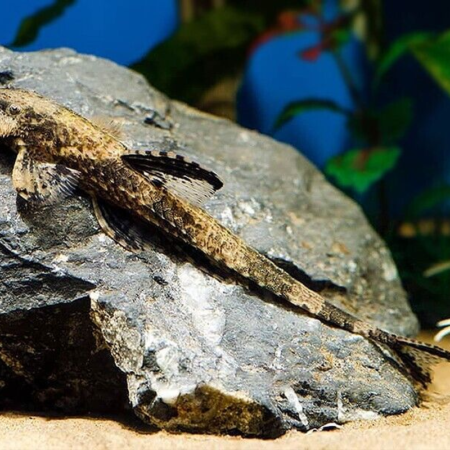To provide the best experiences, we use technologies like cookies to store and/or access device information. Consenting to these technologies will allow us to process data such as browsing behaviour or unique IDs on this site. Not consenting or withdrawing consent, may adversely affect certain features and functions.
The technical storage or access is strictly necessary for the legitimate purpose of enabling the use of a specific service explicitly requested by the subscriber or user, or for the sole purpose of carrying out the transmission of a communication over an electronic communications network.
The technical storage or access is necessary for the legitimate purpose of storing preferences that are not requested by the subscriber or user.
The technical storage or access that is used exclusively for statistical purposes.
The technical storage or access that is used exclusively for anonymous statistical purposes. Without a subpoena, voluntary compliance on the part of your Internet Service Provider, or additional records from a third party, information stored or retrieved for this purpose alone cannot usually be used to identify you.
The technical storage or access is required to create user profiles to send advertising, or to track the user on a website or across several websites for similar marketing purposes.




















Emily Carter (verified owner) –
I recently added a Chocolate Whiptail Catfish (Rineloricaria lanceolata) to my aquarium, and I couldn’t be happier with my choice! After a week of acclimation, this beautiful freshwater fish has settled in nicely and is already becoming a favorite among my family and friends. Its unique chocolate-brown coloration and long, elegant body provide a stunning contrast to my vibrant tropical fish.
They thrive in peaceful environments, and I’ve seen mine happily grazing on biofilm and algae, which is a huge plus for maintaining the tank’s health. Compared to some other catfish I’ve kept, the Whiptail is much more active and interactive, often exploring all corners of the aquarium—it’s truly a delight to watch!
I would recommend this fish to both beginner and experienced aquarists. Just remember to provide plenty of hiding spots and a soft substrate, as they love to burrow. My only minor concern is their slightly shy nature; they prefer dim lighting, so a planted tank setup is ideal. Overall, I wholeheartedly recommend the Chocolate Whiptail Catfish to anyone looking to enhance their aquarium with some unique freshwater fish. They’re a joy to keep, and I’m already planning to get a few more!